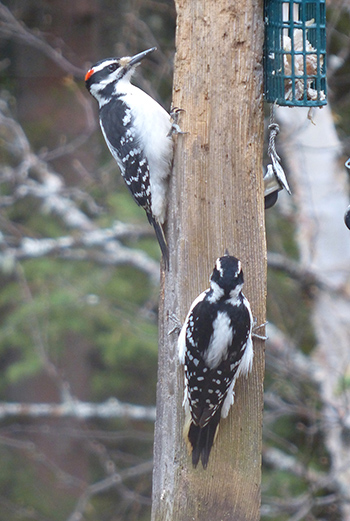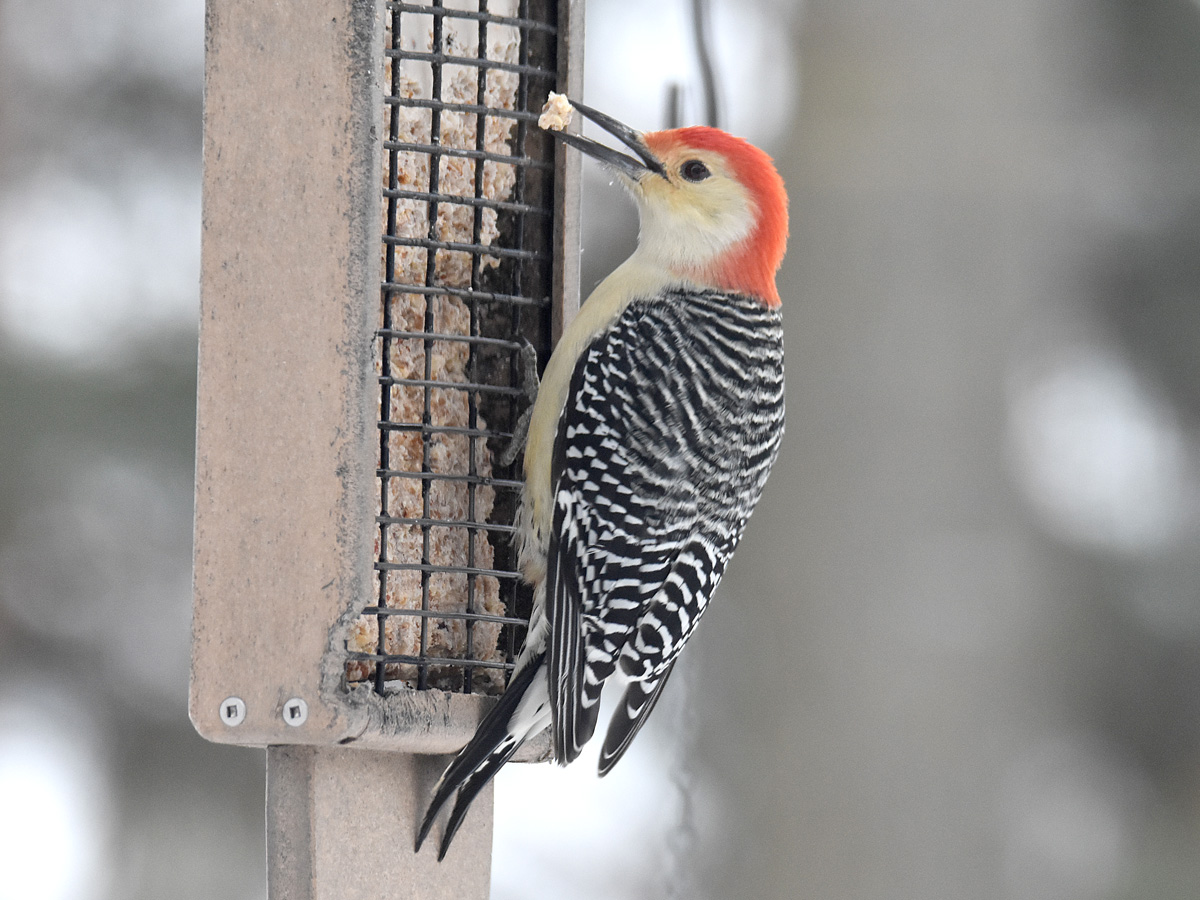Discover the Interesting World of Woodpeckers: Whatever You Need to Know
The world of woodpeckers is a world loaded with special habits, intricate adaptations, and a varied range of types. From their habitats and distribution patterns to their feeding behaviors and specialized anatomical attributes, woodpeckers have long captivated the rate of interest of ornithologists and nature lovers alike.
Woodpecker Habitats and Circulation
Woodpeckers live in a varied array of environments worldwide, showcasing adaptability in their circulation patterns. These resistant birds are located in forests, forests, savannas, and deserts across numerous continents, showing their capability to prosper in various climatic problems. In The United States and Canada, for instance, woodpeckers can be found in both coniferous and deciduous woodlands, using their strong beaks to forage for insects and create nesting tooth cavities in trees. In a similar way, in Africa, particular woodpecker varieties have adjusted to arid environments, such as the acacia timberlands, where they play a crucial duty in controlling insect populaces.

Feeding Behaviors and Diet
Woodpeckers utilize their strong beaks to drill into the bark of trees, probing for pests and larvae hidden beneath the surface. In enhancement to bugs, woodpeckers additionally consume nuts, seeds, fruits, and sap.
Woodpeckers are understood for their drumming behavior, which serves not just to interact with other woodpeckers yet likewise to find food. The rapid drumming audio is developed by the bird pecking on powerful surface areas like dead trees or steel poles. This behavior can bring in pests hidden in the timber, permitting the woodpecker to identify their existence and prey on them.
One-of-a-kind Adaptations for Tree Climbing
In their proficient search of insects concealed within tree bark, woodpeckers have developed remarkable physiological attributes that equip them with special adjustments for effective tree climbing. Woodpeckers have strong neck muscle mass and a important site special head structure that absorb the influence of continuous pecking, allowing them to climb vertically without creating damage to their minds. These adaptations display the amazing evolutionary layout that allows woodpeckers to browse trees with accuracy and effectiveness.
Diverse Woodpecker Species Worldwide
With over 200 different types spread out across different environments worldwide, the household of Picidae encompasses an exceptional diversity of woodpeckers. These birds can be found in woodlands, timberlands, savannas, and even city locations, showcasing their adaptability to various atmospheres. From the renowned Northern Flicker in North America to the vivid and evasive Crimson-backed Flameback in Asia, each woodpecker species displays unique qualities in terms of quill, actions, and habitat choice.
Woodpeckers vary substantially my review here in size, with the petite Downy Woodpecker gauging around 6-7 inches in length, while the effective Lineated Woodpecker can reach up to 17 inches - Woodpeckers in Florida. Their beaks also are available in various sizes and shapes, showing their feeding behaviors. Some types specialize in removing insects from tree bark, like the Acorn Woodpecker, while others, such as the Black-cheeked Woodpecker, feed on fruits and seeds

Conservation Efforts and Challenges
Preservation initiatives for woodpecker populations are vital in minimizing the effect of habitat loss and other dangers dealing with these diverse avian varieties. Woodpeckers face numerous challenges to their survival, mainly because of deforestation, urbanization, climate change, and intrusive species. To deal with these problems, conservation efforts concentrate on safeguarding and bring back woodpecker habitats, implementing lasting forestry methods, and increasing recognition like this regarding the significance of these birds in communities.
One considerable obstacle in woodpecker conservation is the fragmentation of their habitats, bring about separated populaces that are extra susceptible to termination - Woodpeckers in Florida. Conservationists work to produce wild animals hallways and shielded areas that attach these fragmented environments, allowing woodpeckers to relocate in between various locations for feeding, breeding, and sanctuary

Conclusion
To conclude, woodpeckers are interesting birds with special adaptations for tree climbing and feeding behaviors. They can be discovered in varied habitats worldwide, facing conservation obstacles due to environment loss and human activities. Comprehending their habitats, diet plans, and actions is essential for conservation initiatives to shield these crucial bird varieties. More research study and conservation activities are required to make sure the survival of woodpeckers in the wild.